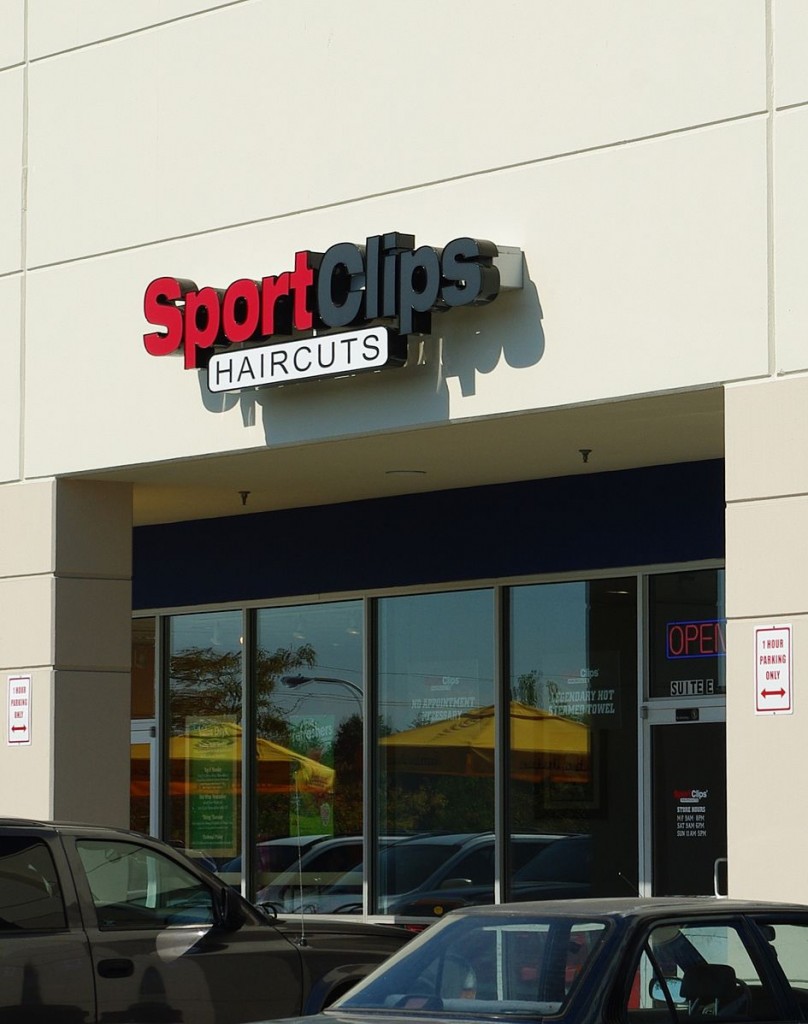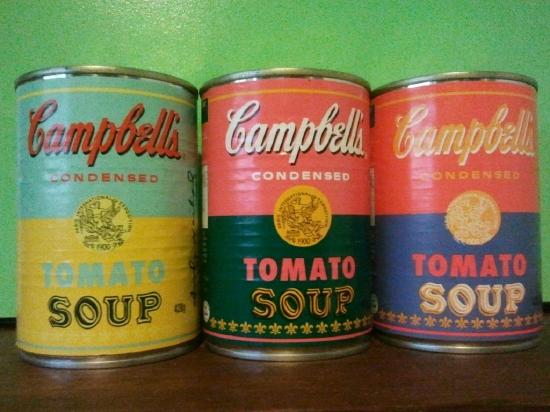6.1: What Composes an Offering?
- Page ID
- 4999
Learning Objectives
- Distinguish between the three major components of an offering—product, price, and service.
- Explain, from both a product-dominant and a service-dominant approach, the mix of components that compose different types of offerings.
- Distinguish between technology platforms and product lines.
People buy things to solve needs. In the case of the iPod, the need is to have better access to music, to look cool, or both. Offering are products and services designed to deliver value to customers—either to fulfill their needs, satisfy their “wants,” or both. We discuss people’s needs in other chapters. In this chapter, we discuss how marketing fills those needs through the creation and delivery of offerings.
Product, Price, and Service
Most offerings consist of a product, or a tangible good people can buy, sell, and own. Purchasing a classic iPod, for example, will allow you to store up to forty thousand songs or two hundred hours of video. The amount of storage is an example of a feature, or characteristic of the offering. If your playlist consists of twenty thousand songs, then this feature delivers a benefit to you—the benefit of plenty of storage. However, the feature will only benefit you up to a point. For example, you won’t be willing to pay more for the extra storage if you only need half that much. When a feature satisfies a need or want, then there is a benefit. Features, then, matter differently to different consumers based on each individual’s needs. Remember the value equation is different for every customer!
An offering also consists of a price, or the amount people pay to receive the offering’s benefits. The price paid can consist of a one-time payment, or it can consist of something more than that. Many consumers think of a product’s price as only the amount they paid; however, the true cost of owning an iPod, for example, is the cost of the device itself plus the cost of the music or videos downloaded onto it. The total cost of ownership (TCO), then, is the total amount someone pays to own, use, and eventually dispose of a product.
TCO is usually thought of as a concept businesses use to compare offerings. However, consumers also use the concept. For example, suppose you are comparing two sweaters, one that can be hand-washed and one that must be dry-cleaned. The hand-washable sweater will cost you less to own in dollars but may cost more to own in terms of your time and hassle. A smart consumer would take that into consideration. When we first introduced the personal value equation, we discussed hassle as the time and effort spent making a purchase. A TCO approach, though, would also include the time and effort related to owning the product—in this case, the time and effort to hand wash the sweater.

A service is an action that provides a buyer with an intangible benefit. A haircut is a service. When you purchase a haircut, it’s not something you can hold, give to another person, or resell. “Pure” services are offerings that don’t have any tangible characteristics associated with them. Skydiving is an example of a pure service. You are left with nothing after the jump but the memory of it (unless you buy a DVD of the event). Yes, a plane is required, and it is certainly tangible. But it isn’t the product—the jump is. At times people use the term “product” to mean an offering that’s either tangible or intangible. Banks, for example, often advertise specific types of loans, or financial “products,” they offer consumers. Yet truly these products are financial services. The term “product” is frequently used to describe an offering of either type.
The intangibility of a service creates interesting challenges for marketers and buyers when they try to judge the relative merits of one service over another. An old riddle asks, “You enter a barbershop to get a haircut and encounter two barbers—one with badly cut hair and the other with a great haircut. Which do you choose?” The answer is the one with the badly cut hair as he cut the hair of the other. But in many instances, judging how well a barber will do before the haircut is difficult. Thus, services can suffer from high variability in quality due to the fact that they are often created as they are received.
Services usually also require the consumer to be physically present or involved. A haircut, a night in a hotel, a flight from here to there—all require the consumer to be physically present and consumption of the service is not separate from the creation of the service. Unlike a physical product, which can be created and purchased off a shelf, a service often (but not always) involves the consumer in its creation.
Another challenge for many services providers is that services are perishable; they can’t be stored. A night at a hotel, for example, can’t be saved and sold later. If it isn’t sold that day, it is lost forever. A barber isn’t really paid for a haircut (to use the riddle) but for time. Services have difficult management and marketing challenges because of their intangibility.

Many tangible products have an intangible service components attached to them, however. When Hewlett-Packard (HP) introduced its first piece of audio testing equipment, a key concern for buyers was the service HP could offer with it. Could a new company such as HP back up the product, should something go wrong with it? As you can probably tell, a service does not have to be consumed to be an important aspect of an offering. HP’s ability to provide good after-sales service in a timely fashion was an important selling characteristic of the audio oscillator, even if buyers never had to use the service.

What services do you get when you purchase a can of soup? You might think that a can of soup is as close to a “pure” product devoid of services that you can get. But think for a moment about your choices in terms of how to purchase the can of soup. You can buy it at a convenience store, a grocery store like Publix, or online. Your choice of how to get it is a function of the product’s intangible service benefits, such as the way you are able to shop for it.


